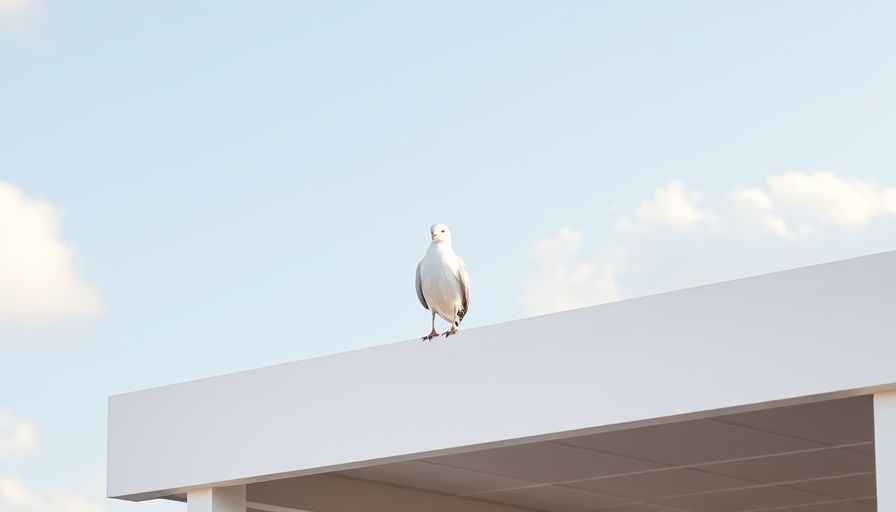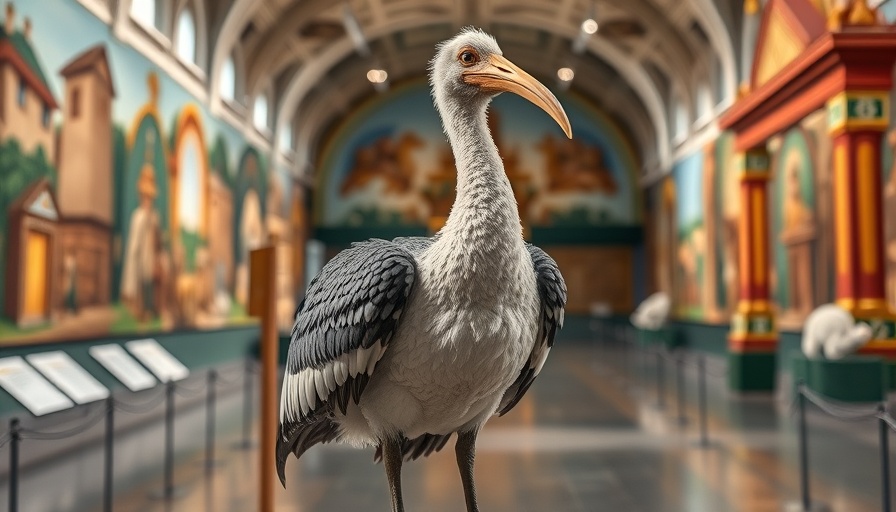
Understanding the Avian Attraction to Your Car Port
Birds are natural explorers, often finding cozy spaces that offer shelter, safety, and easy food access. Your car port provides just that—a shaded retreat from harsh weather and protection from predators like cats or hawks. Additionally, if you have fruit trees or feeders nearby, it's a buffet call that birds can’t resist. Learning why birds favor your space is the first step to reclaiming your car port.
Utilizing Visual Deterrents That Matter
Since birds are heavily reliant on their sight, employing various visual deterrents can effectively encourage them to leave your car port alone. Simple solutions like hanging reflective tapes or old CDs can create disorienting flashes that make your car port less appealing to our feathered friends. For extra flair, consider inflating eye balloons that mimic predators. Just remember to change their positions regularly to maintain their effectiveness—birds are quick learners!
Exploring Sound Deterrents
Sound deterrents present another way to ward off birds, but results can vary significantly. Ultrasonic bird repellers emit sounds that are disconcerting to birds but inaudible to humans. However, they’re not foolproof. Some bird species may simply ignore the noise, so it’s wise to employ these sounds in conjunction with other methods.
Physical Barriers: The Best Defense
Sometimes tackling the issue requires a robust solution. Installing physical barriers, such as netting or mesh screens, can block birds from nesting in your car port. By preemptively creating obstacles, you conquer their access points and discourage their return.
Why Cleanliness is Key
Keeping your car port clean makes a significant difference in deterring birds. Regularly removing droppings and nesting materials diminishes their incentives to stay. Cleaning also enables you to maintain a vehicle that isn’t constantly sullied by bird debris.
Using Natural Repellents
Natural solutions such as vinegar or essential oils from plants can create smells that discourage birds while being safe for your environment. These scents are unappealing to birds, providing a dual benefit for your space.
Keeping the Essentials at Hand
Incorporating tools like motion-activated sprinklers can add an extra layer of defense against birds. These gadgets offer a startling surprise, helping to keep your car port clear without causing any permanent harm to the birds.
By understanding birds' habits and implementing a mix of visual, sound, physical, and cleanliness strategies, you can reclaim your car port from unwanted avian visitors. Keep experimenting with these techniques to find the best combination that works for your space.
 Add Row
Add Row  Add
Add 




Write A Comment